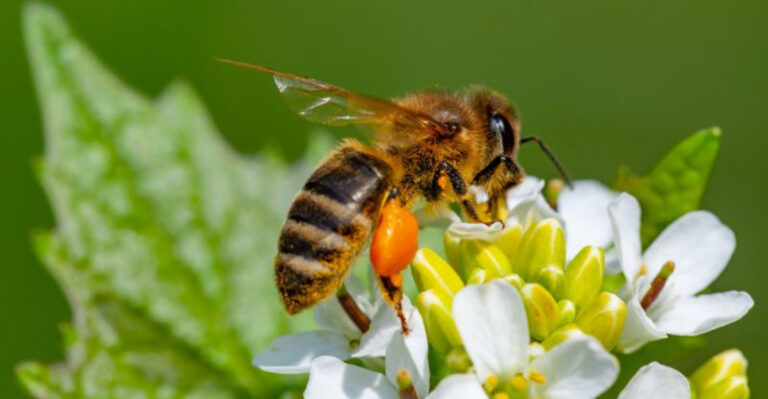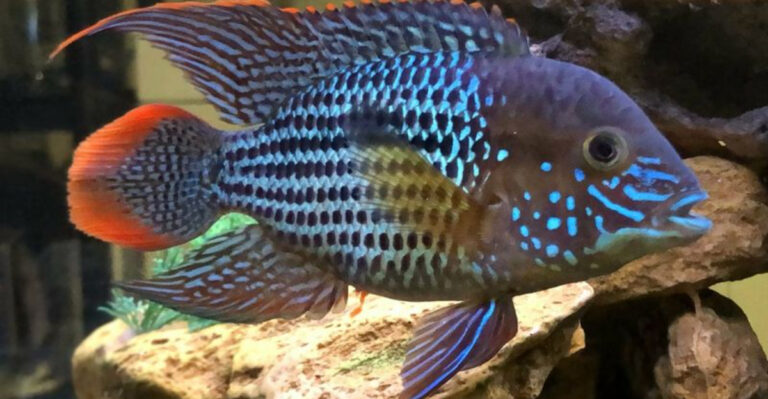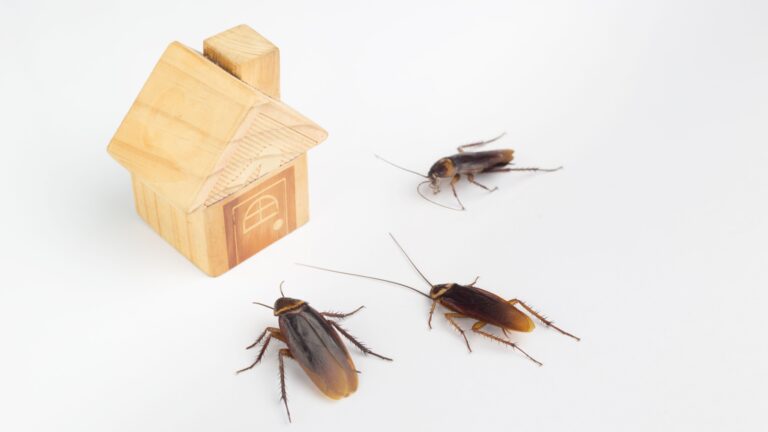Meet The Pacific Spiny Lumpsucker, A Cute Fish With A Suction Cup That Looks Like Human Teeth
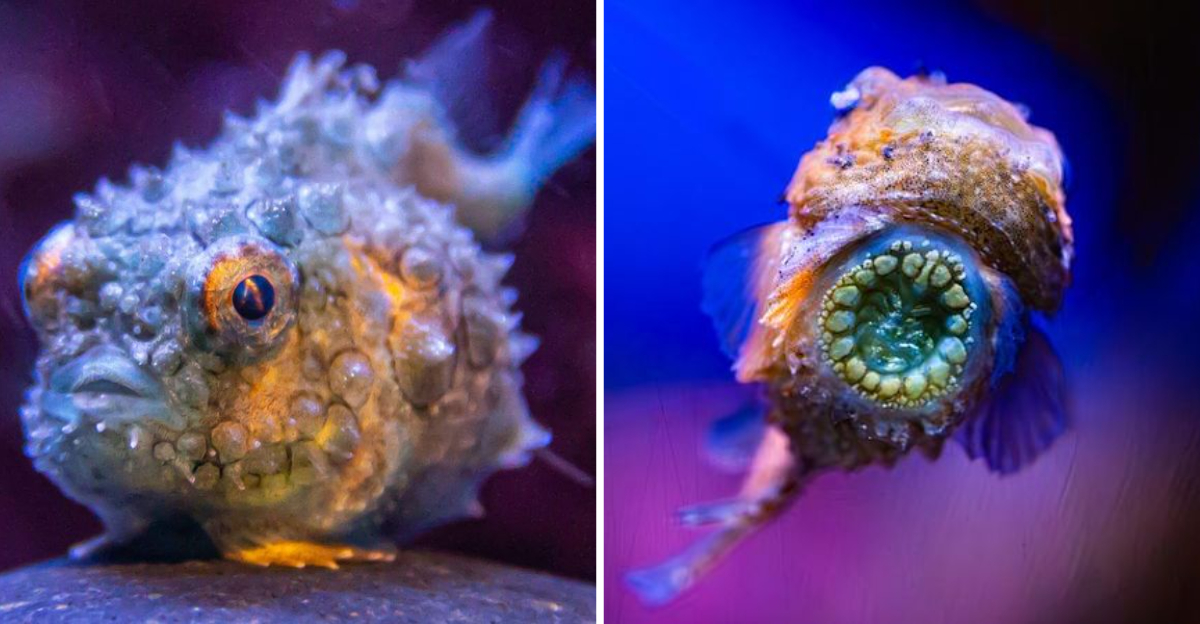
Hidden in the chilly waters of the North Pacific dwells one of the ocean’s most adorable oddities – the Pacific Spiny Lumpsucker.
This golf ball-sized fish looks like something straight out of a cartoon with its round body, spiny exterior, and an unusual suction cup on its belly that oddly resembles human teeth.
Despite its small size, this quirky creature has captured the hearts of marine enthusiasts worldwide with its puppy-dog eyes and peculiar features that make it seem more like a toy than an actual living fish.
The Cutest Fish You’ve Never Heard Of
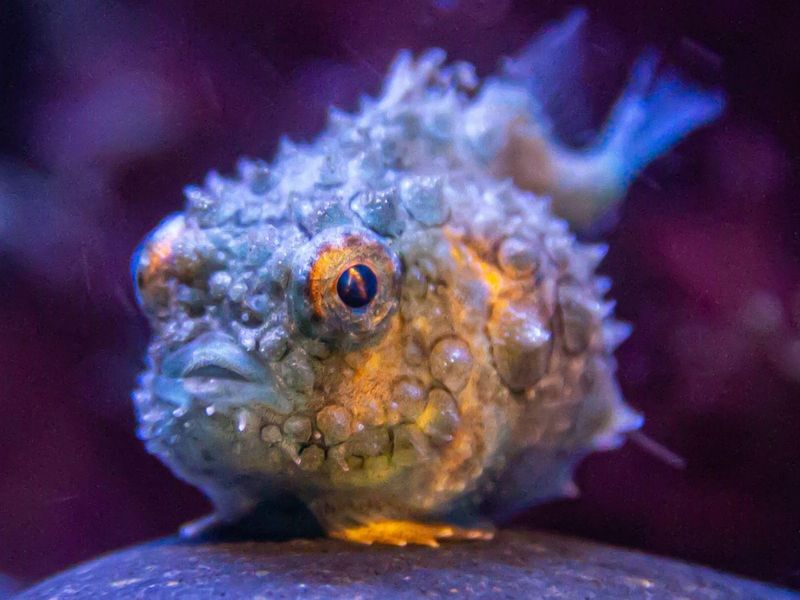
With their chubby cheeks and big, expressive eyes, Pacific Spiny Lumpsuckers are often called the “puppies of the sea.” These tiny creatures only grow to about 2 inches long – roughly the size of a ping pong ball!
Their round, almost globular bodies and perpetually surprised expressions give them an irresistibly cute appearance that even non-fish lovers find charming. Scientists have noticed that people instinctively smile when seeing them for the first time.
Despite living in deep, cold waters, these little fish have become internet sensations thanks to viral videos showcasing their adorable awkward swimming style and curious personalities.
That Bizarre Human-Like Suction Cup
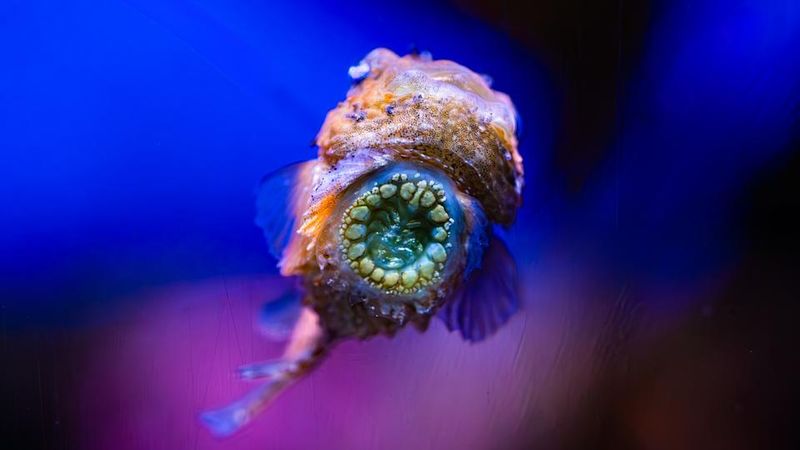
The most fascinating feature of this peculiar fish is undoubtedly its ventral suction disc. This modified pelvic fin on the lumpsucker’s belly allows it to stick firmly to rocks and other surfaces in strong currents.
What makes this suction cup truly remarkable is its eerie resemblance to human teeth! The ridged pattern and whitish coloration create an uncanny dental-like appearance that seems completely out of place on a fish.
This powerful adhesive organ creates enough suction that researchers have measured these tiny fish can withstand water forces that would be equivalent to hurricane-strength winds for humans. Talk about hanging on tight!
Terrible Swimmers With Charming Clumsiness
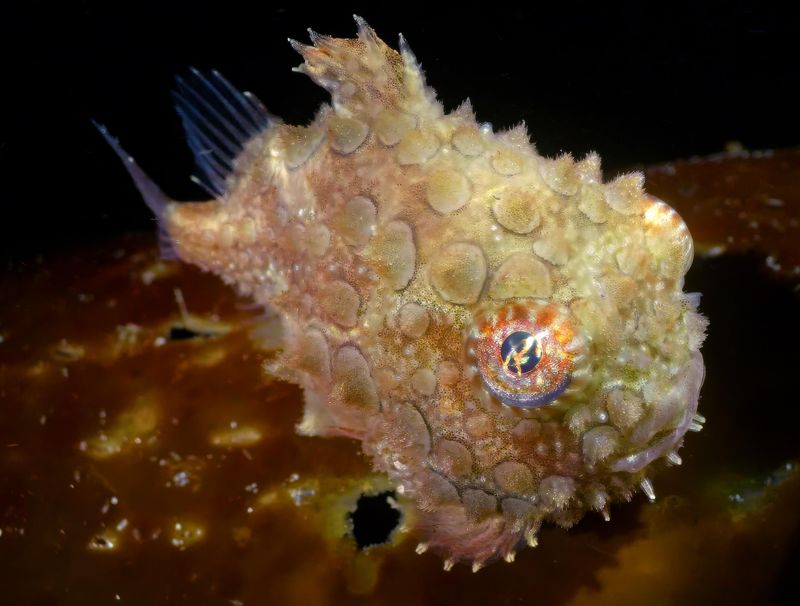
Forget graceful dolphins or speedy tuna – lumpsuckers are hilariously bad swimmers! Their round bodies and tiny fins make them incredibly inefficient in the water, causing them to bob and bounce rather than glide smoothly.
Marine biologists describe their swimming style as “controlled bouncing” where they seem to putter along with tiny fin movements. This awkward mobility is precisely why they rely so heavily on their suction cup to stay in place.
Their swimming struggles have made them YouTube stars, with compilation videos of their bouncy movements garnering millions of views. People find their determined yet clumsy efforts endearing – like watching a toddler learning to walk.
Covered in Tiny Spines For Protection
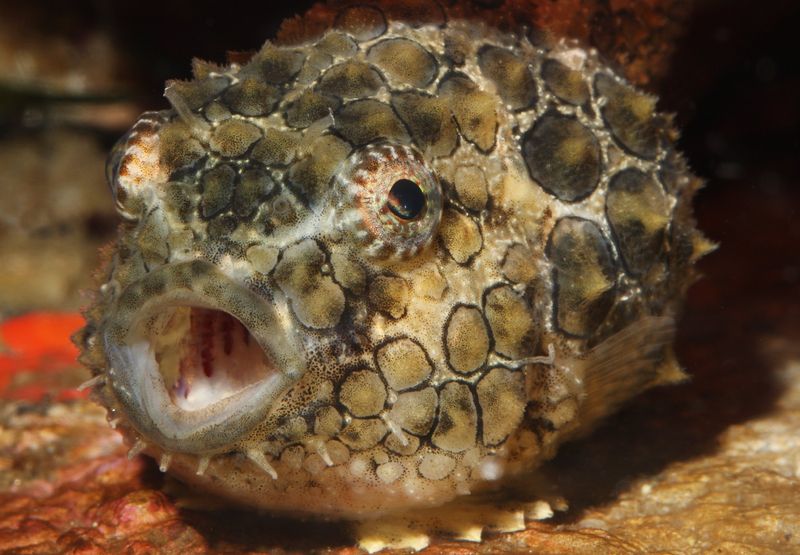
Despite their cuddly appearance, these little fish are actually covered in small, bony plates called tubercles that feature tiny spines. These spines give the fish its “spiny” name and serve as a crucial defense mechanism against predators.
The spines aren’t particularly sharp or dangerous to humans, but they make the fish unpleasant to swallow for potential predators. When threatened, the lumpsucker can slightly raise these spines, similar to how a porcupine might defend itself.
Each fish has a unique pattern of these spines, almost like a fingerprint. Scientists studying lumpsuckers can actually identify individual fish by their specific spine arrangements!
Rainbow of Colors That Change With Age
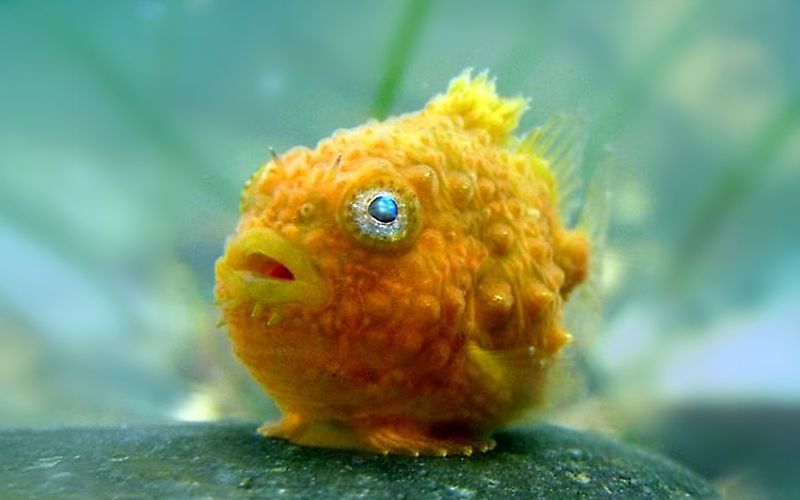
Young Pacific Spiny Lumpsuckers start life wearing vibrant green outfits that would make fashion designers jealous! This bright coloration helps them blend with seaweed and algae where they spend their early days.
As they mature, these fish undergo a remarkable transformation. Their bodies shift through a spectrum of colors – from that initial bright green to yellow, orange, red, and finally to a deep brownish-purple in adulthood.
This color-changing ability isn’t just for show. The changing colors help them camouflage in different habitats as they grow and explore new areas of the ocean floor. Some aquarium enthusiasts specifically seek out these fish to watch this colorful transformation happen!
Devoted Dads Of The Deep
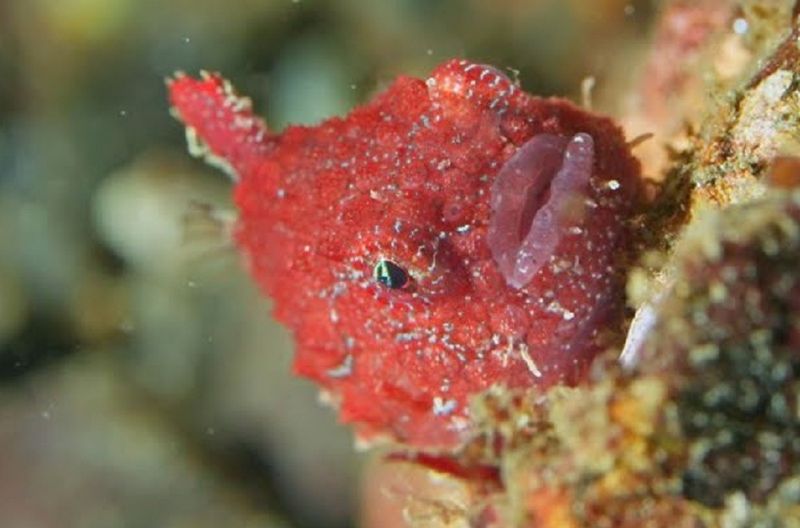
Male lumpsuckers take parenting to heroic levels! After females lay eggs in rocky crevices, dad takes over completely, guarding the eggs until they hatch – a commitment that can last weeks.
These dedicated fathers use their fins to fan fresh, oxygen-rich water over the eggs and aggressively chase away any potential threats. They’ll even go without food during this guardian period, losing significant body weight to ensure their offspring survive.
Scientists have observed that male lumpsuckers will fight fish many times their size to protect their eggs. This extreme paternal care is rare in the fish world and has made them fascinating subjects for behavioral studies on parental investment in marine species.
Cold-Water Specialists With Antifreeze Blood
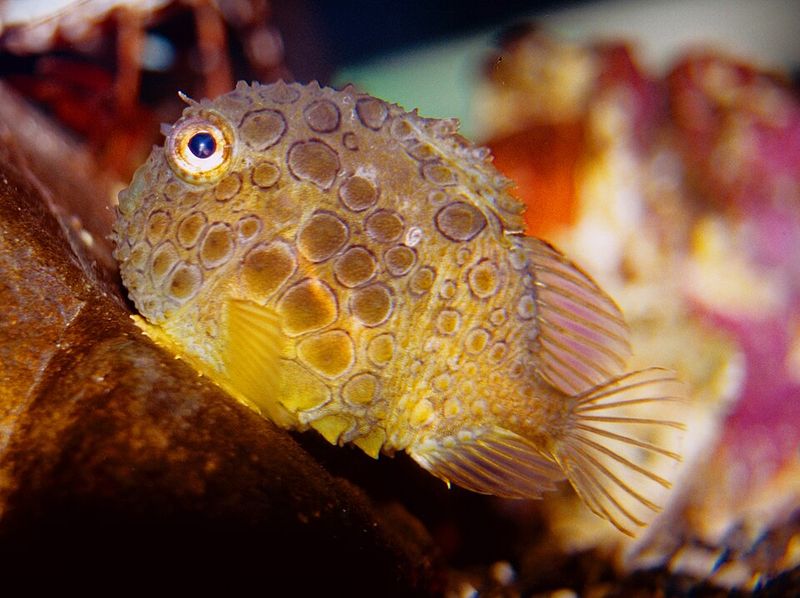
Brrr! These tough little creatures thrive in frigid North Pacific waters that would freeze most other fish solid. Their native range stretches from Japan to Alaska, where water temperatures often hover just above freezing.
The secret to their cold-water survival lies in their blood chemistry. Lumpsuckers produce special proteins that work like natural antifreeze, preventing ice crystals from forming in their tissues even in near-freezing conditions.
This remarkable adaptation has drawn attention from medical researchers studying tissue preservation. The compounds in lumpsucker blood might someday help doctors better preserve organs for transplantation or develop new cold-resistant materials for extreme environments!
Surprisingly Smart For Their Size
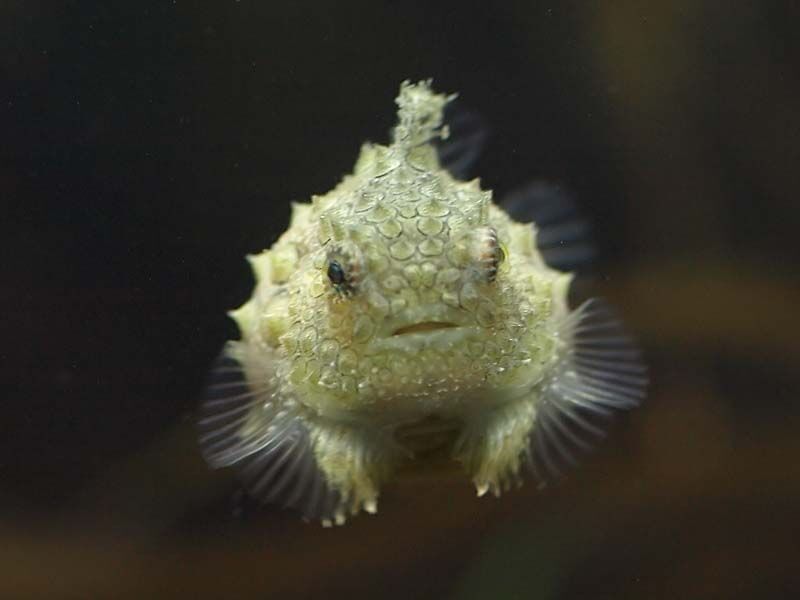
Don’t let their goofy appearance fool you – these tiny fish pack impressive brainpower! Aquarium keepers report that lumpsuckers quickly learn to recognize their caretakers and will eagerly approach the glass when familiar humans appear.
They demonstrate problem-solving abilities that surprise researchers, figuring out feeding puzzles and remembering solutions. Some have been observed using their suction cups strategically to navigate complex tank environments, showing spatial awareness typically associated with much larger fish.
A study at the Monterey Bay Aquarium found that lumpsuckers could distinguish between different colored feeding tools and would only approach the color associated with food. This cognitive flexibility suggests these adorable oddballs are much smarter than their comical appearance might suggest!
Caviar Cousins With Gourmet Connections
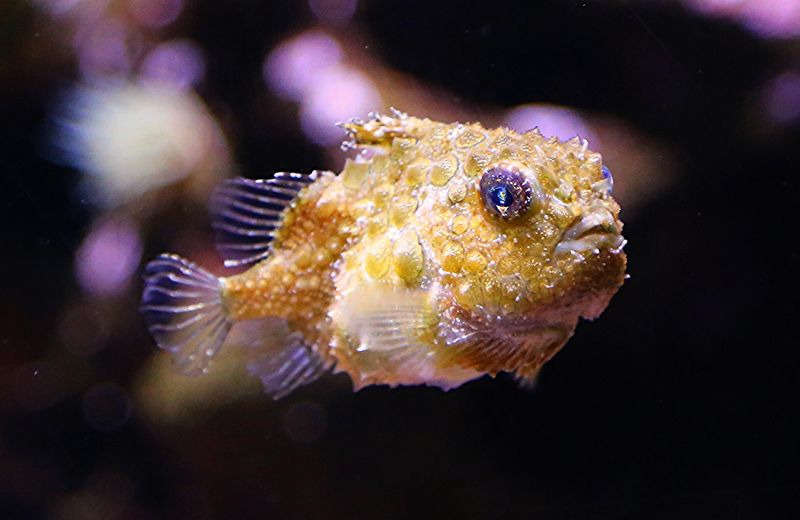
The Pacific Spiny Lumpsucker belongs to the same family as another fish famous in luxury food circles – the lumpfish! While the spiny lumpsucker itself isn’t harvested for food, its close relative produces eggs that become the affordable caviar alternative found in many grocery stores.
This family connection has helped raise awareness about lumpsuckers among culinary enthusiasts. Several celebrity chefs have become advocates for lumpsucker conservation after learning about these quirky relatives of their gourmet ingredients.
In Japan, some aquariums have created special lumpsucker exhibits that explore this culinary connection, teaching visitors about sustainable seafood choices while showcasing these adorable fish.
Aquarium Superstars Facing Wild Challenges
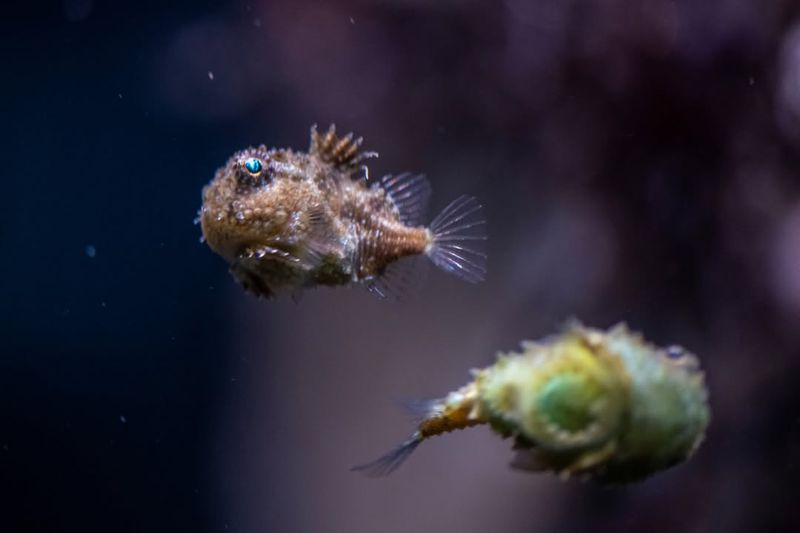
These charismatic little fish have become aquarium celebrities, with special exhibits dedicated to them in Seattle, Vancouver, and Tokyo. Their popularity has turned them into unexpected ocean ambassadors, helping aquariums teach visitors about marine conservation.
Sadly, wild lumpsucker populations face growing threats from ocean warming and habitat disruption. Their specialized cold-water needs make them particularly vulnerable to climate change impacts in the North Pacific.
Conservation groups have launched targeted efforts to monitor and protect wild lumpsucker populations. Their rising profile as aquarium favorites has helped fund research into breeding programs that might someday help restore wild populations of these lovable, tooth-faced bouncy balls of the sea.

